ChrisSC
500+ Head-Fier
- Joined
- Jul 23, 2011
- Posts
- 662
- Likes
- 166
Where does the Tia Fourte among the top ones?
Between "the best of the best" and "sublime, simply sublime"

Where does the Tia Fourte among the top ones?

Sold! Oh, wait....Between "the best of the best" and "sublime, simply sublime"

Definitely, but not now. As it was a case with 8.2 we are waiting till we have at least few reputable reviews before we post graphs. Reviews for both models are in progress so...@piotrus-g
would it be possible to share the FIBAE 1,2 measurements?
I saw that you were open to do it for 8.2.
Yeah I think so too. @cvbcbcmv didn't explicitly explain but I guess his reasons are the same with what you have plainly and completely laid out
As I got the feeling this thread absolutely needs more measurements from unknown quality here you go: http://blog.naver.com/PostView.nhn?blogId=gre_nada&logNo=221002961385@piotrus-g
would it be possible to share the FIBAE 1,2 measurements?
I saw that you were open to do it for 8.2.
ive seen this one before, but thanks for sharing any waysAs I got the feeling this thread absolutely needs more measurements from unknown quality here you go: http://blog.naver.com/PostView.nhn?blogId=gre_nada&logNo=221002961385
Jokes aside, the other measurements on the side seem to be pretty much in line with what one would expect from a 711/60318-4 setup. I sadly don't speak Korean, but there are a few mentions of speakerphone who is known to produce accurate measurements. Maybe someone can clear up if there is some sort of affiliation that speakerphone is responsible for those measurements.
As a last resort I'm sure @piotrus-g will jump in if the measurements are to far off.
Mind that the grey curves are the uncompensated measurements. Red and blue are the diffuse filed compensated results.
Also the impedance response is show which is essentially flat - what a surprise
On a side note: the photos in the review give a nice view on the internals. The special Fibae driver seems to be fabricated by Knowles. It's called Knowles 33357 and shared by Fibae 1 and 2. The Fibae 2 has got an additional Knowles CI 22955 that will be responsible for the lower frequencies, I assume.

my central argument is pillared upon this:
all an iem does is push eardrum back and forth, oscillation, 2 variables magnitude and time
to dispute the following, one must disprove this.
the reason i belive its not 2 sides of same coin:
eardrum/diaphram/air movement can be objectively and unambiguously described by amplitude time graphs, like analogue recording vinyl
tone, sound stage, and clarity and all these HIFI attributes takes place after the eardrum movement is interpreted by the nerves and brain from spacial cues recorded int the recording for example. and how the brain interpret that sound from spatial cues such as channel loudness difference, decay of diff. freqs, reflections, all of which are contained in a recording.
FR shows the faithfulness of the reproduction of magnitude - y axis.
waterfall and transient shows the faithfulness of the reproduction of timing - x axis and magnitude.
magnitude+time=sound wave
to take an extreme, an recording without sound stage info inside (singer, guitar, drum, violin all individually recorded in an anechoic chamber superimposed), should an iem like Fourte still produce an sound stage?
In my opinion a iem with great sound stage has the technical capability to reproduce or even highlight (color) the FR region or decay behavior related in spacial cues.
formatting for those lazy to read in detail, which i think is most hehehehe
As I got the feeling this thread absolutely needs more measurements from unknown quality here you go: http://blog.naver.com/PostView.nhn?blogId=gre_nada&logNo=221002961385

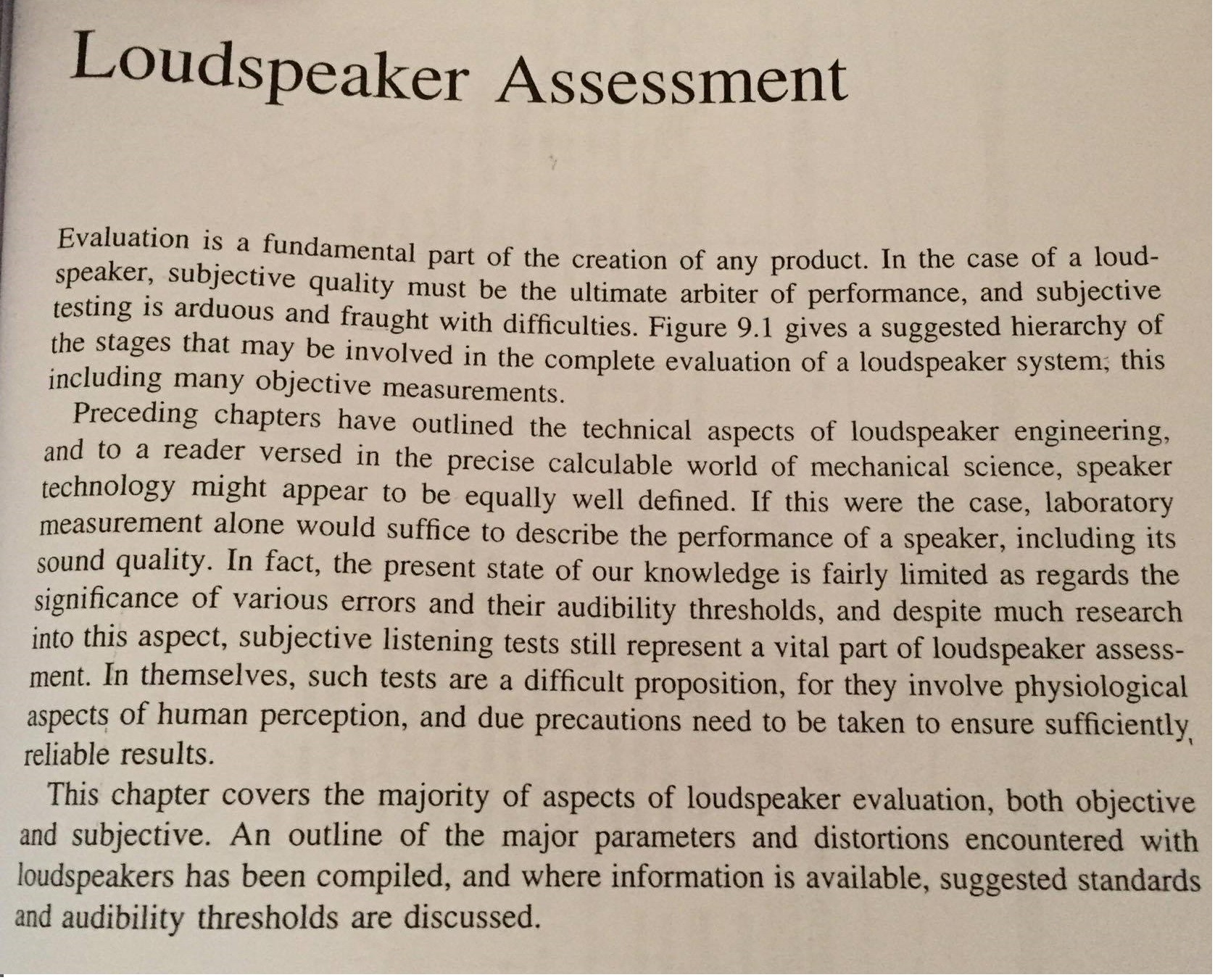

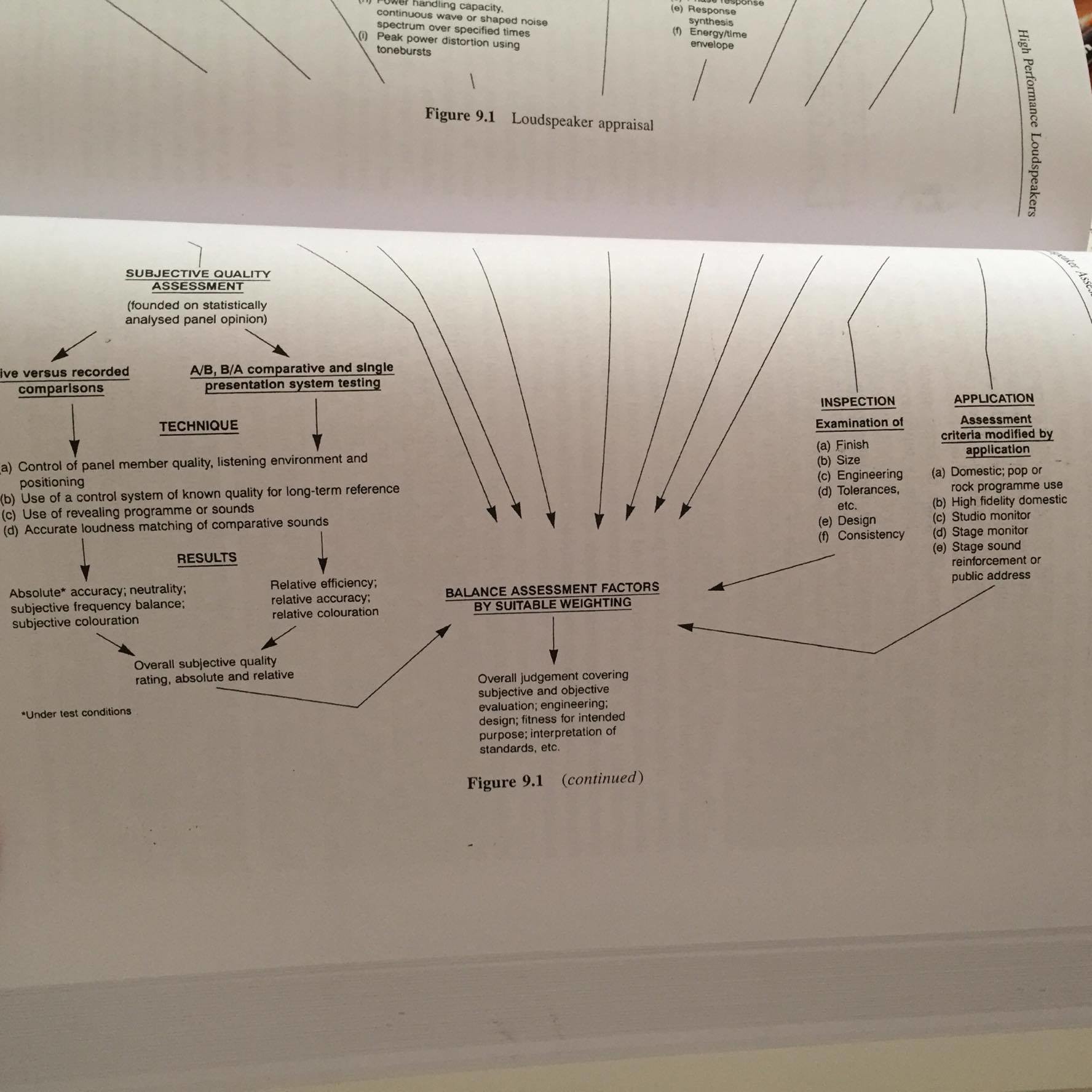

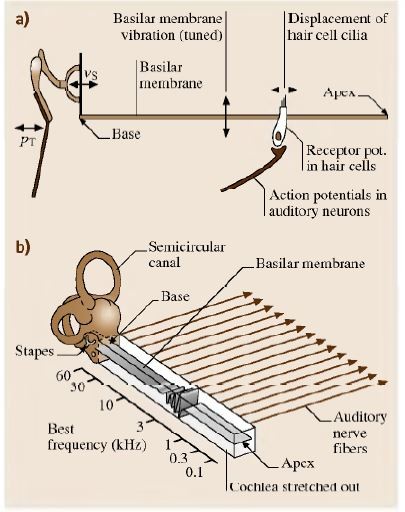
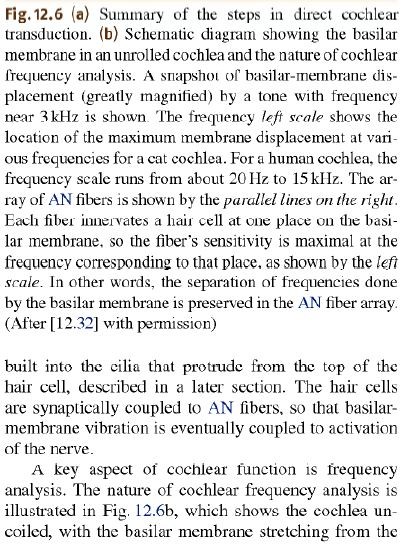
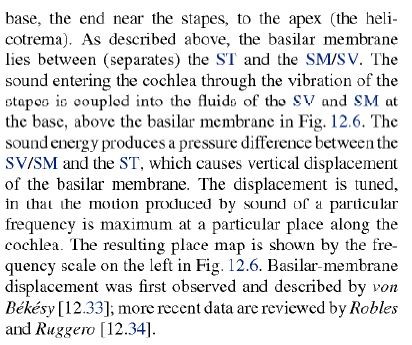
thanks for everything. CheersHey man, my apologies for not getting back to you! Haven’t had a chance to check Head-Fi on my own and for some reason I didn’t get emails about your messages, but I did for this mention. The reasons others explained were exactly my reasons; the guy who made the product in the first place is the guy who will be best at taking it apart and putting it back together! Plus I can personally attest to Piotr’s Reshell skill and after sale support, so all those reasons combined into my recommending 8.2.
For measurements;
Here are some interesting pages from the Colloms book about assessment of sound. It is directed at speakers, but still applicable to iems. The main topic is what part can be attributed to measurements, and what part to objective evaluation, and how to combine both.
The next set of pages is a bit technical, but also very interesting because it indirectly relates to the limitations of measurements compared to human hearing.



Why measurements can not reach human perception, here is a part of human hearing. From, springer handbook;




Cochlear get sound data in frequency domain and time domain inherently, human made systems take time domain and convert to frequency domain. At this stage all the auditory nerve fibres behave like a mic with a narrow band. So the human ear has millions of mics with a narrow band. Therefore, it is technically superior than a measurement system with a single mic.






source? book title plsssssss~~~~~~~~~For measurements;
Here are some interesting pages from the Colloms book about assessment of sound. It is directed at speakers, but still applicable to iems. The main topic is what part can be attributed to measurements, and what part to objective evaluation, and how to combine both.
The next set of pages is a bit technical, but also very interesting because it indirectly relates to the limitations of measurements compared to human hearing.



Why measurements can not reach human perception, here is a part of human hearing. From, springer handbook;




Cochlear get sound data in frequency domain and time domain inherently, human made systems take time domain and convert to frequency domain. At this stage all the auditory nerve fibres behave like a mic with a narrow band. So the human ear has millions of mics with a narrow band. Therefore, it is technically superior than a measurement system with a single mic.
source? book title plsssssss~~~~~~~~~

Therefore, it is technically superior than a measurement system with a single mic.

